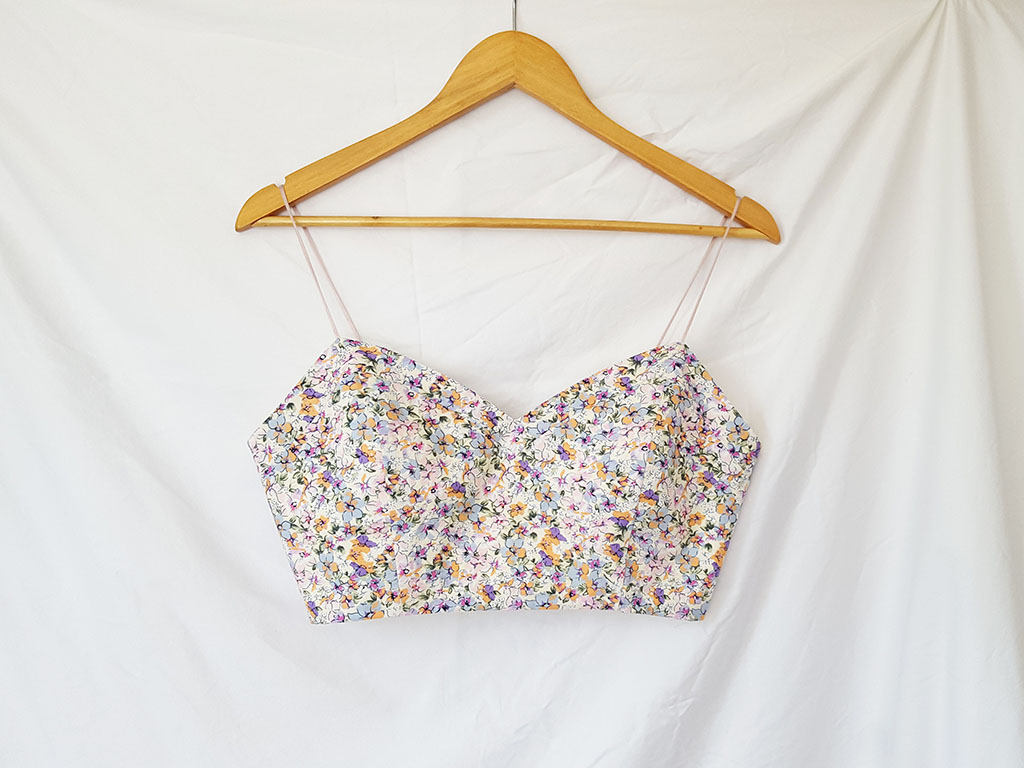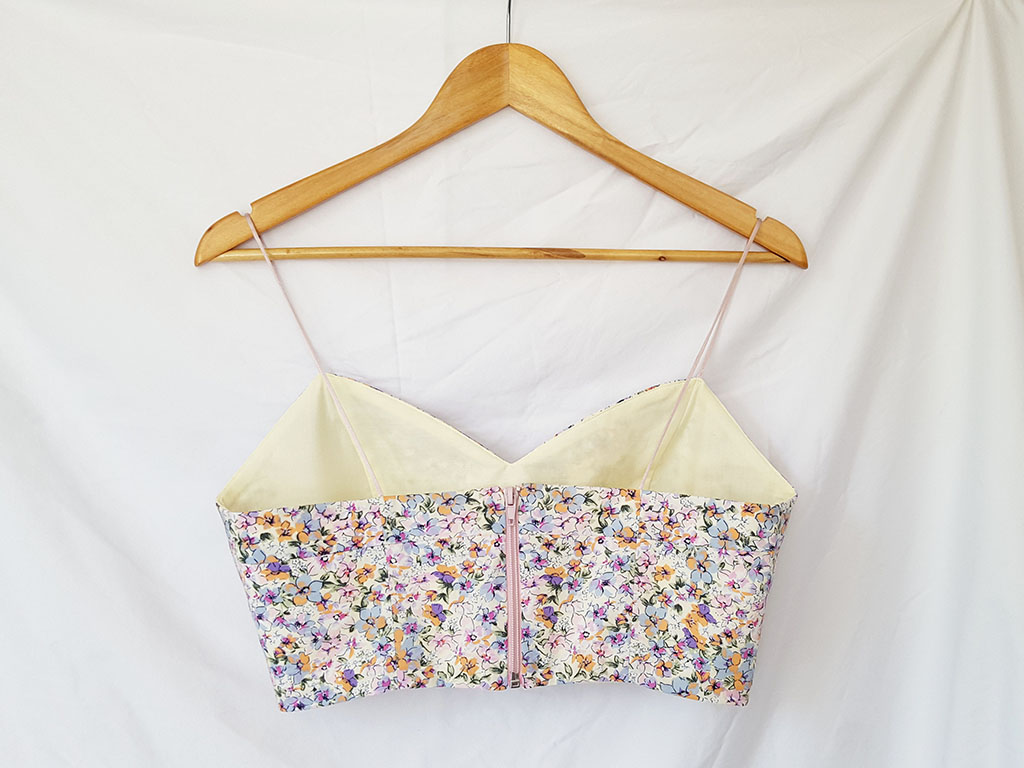Sewing Tutorials, Tops
Sewing Tutorial: Olivia Sweetheart Bustier
The Olivia Sweetheart Bustier is such a great wardrobe staple, once you have made a pretty floral version (or any other colour) I’m sure that you will be heading out (or shopping online) for more fabric to whip up another before you’ve even had a chance to wash the first after you’ve worn it. It’s a great shape for an intermediate sewer however even a beginner can tackle this if they follow the instructions carefully. Don’t be afraid to ask questions in the comments below if you need. I’m here to help. So let’s get started.
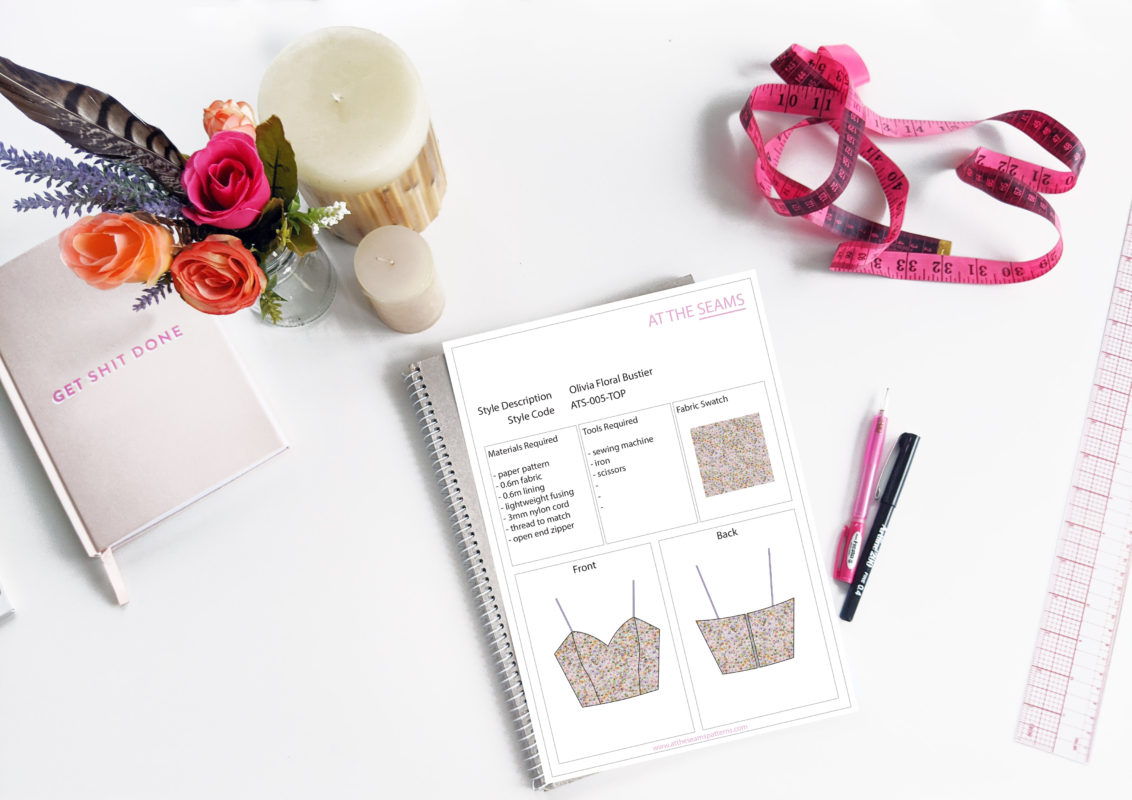
To begin you will need the following things
Materials
- Olivia Sweetheart Bustier paper pattern
- 0.6m fabric
- 0.6m lining
- 0.6m lightweight fusing
- 3mm nylon cord x 1m
- 14cm open-end zipper
- cotton thread
Tools
- sewing machine
- iron
- scissors
- pins
Tips
- When choosing your lining colour, it helps to choose the thread at the same time. Subsequently, you want your thread to match your lining colour but to also blend as much as possible into the print you have chosen. Some thread colours disguise better on the print than others so check a couple of colours.
- Ensure your fabric is washed, dried and pressed before you start cutting. For instance, there is nothing worse than washing your beautiful garment and it shrinks, or even more annoying the lining shrinks and the main doesn’t so its all pulled out and shape and is unwearable.
Step 1
Lay your main fabric on a table or on a clean floor, right side up. Lay your pattern pieces down on top, also right side up. Ensure that all patterns are on the straight grain. You may be able to save some fabric if your fabric is a 2-way print.
Step 2
Using scissors cut out your pattern pieces, ensure this is done accurately and all notches are clipped.
Beginner tip* It might help to pin the pattern pieces to your fabric once is cut out so you can easily work out what is what while you are sewing. Also take care not to over clip your notches, because we don’t want them running close to the seam allowance which will create holes in your garment.
Extra tip** If you can afford to purchase a rotary cutter and cutting mat, I find this more accurate and time-efficient.
Step 3
Fusing your lining and fusing together and cut pattern pieces as above.
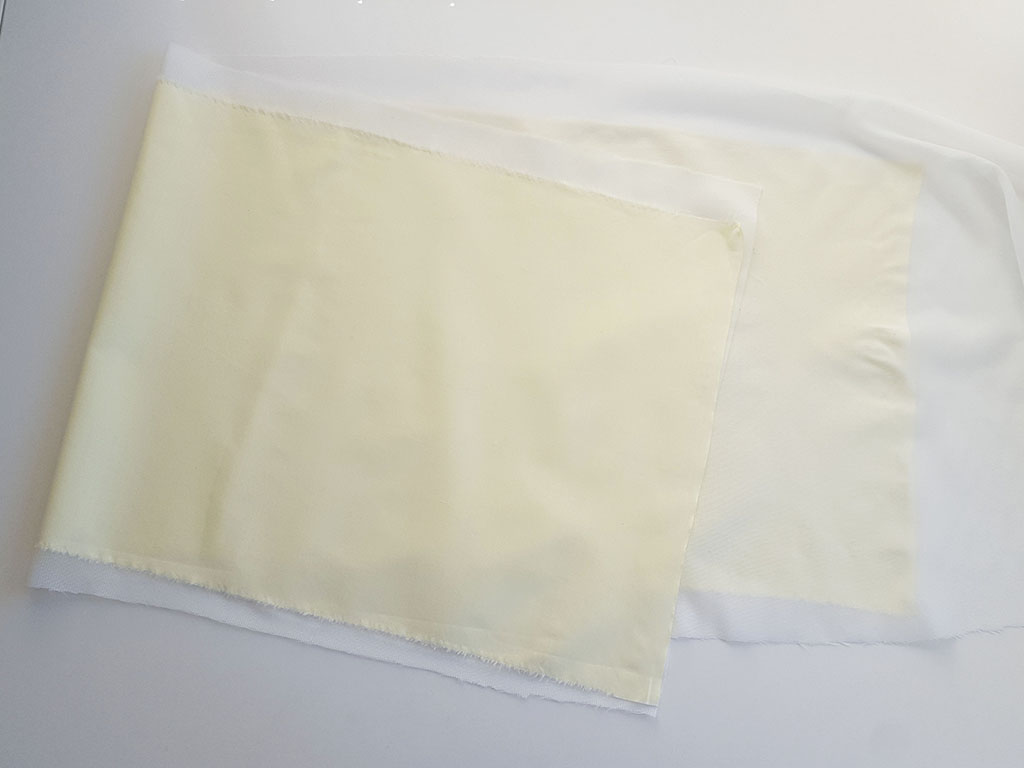
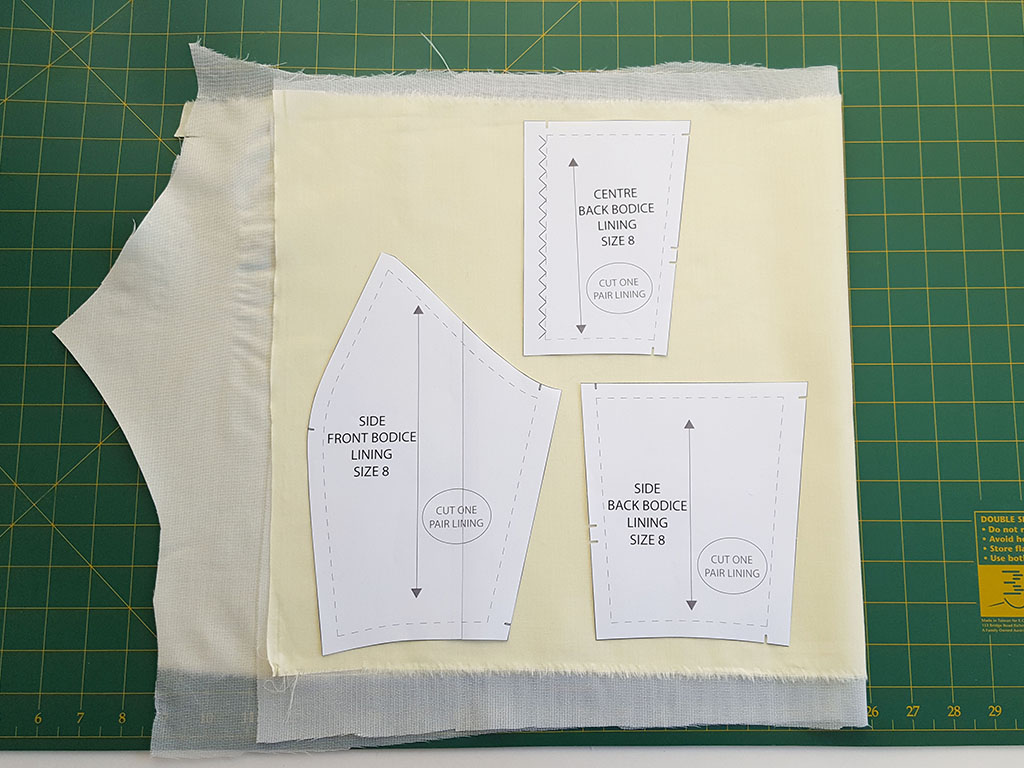
Step 4
Sew the vertical panel seams together on the lining pieces excluding one side seam on the lining, on this side seam only sew 3m from the top and 3cm from the bottom. We are leaving this open so that we have a space to turn the garment through to bag out the top later on. Press open all seams excluding front bust seams, clip and press front bust seams to the center.
Beginner tip* Ensure you follow the ironing instructions on your fabric so you don’t burn a hole in it. I know how easily this can happen. Unfortunately, I’ve done it more times than I care to admit. If in doubt test on a piece of scrap fabric.
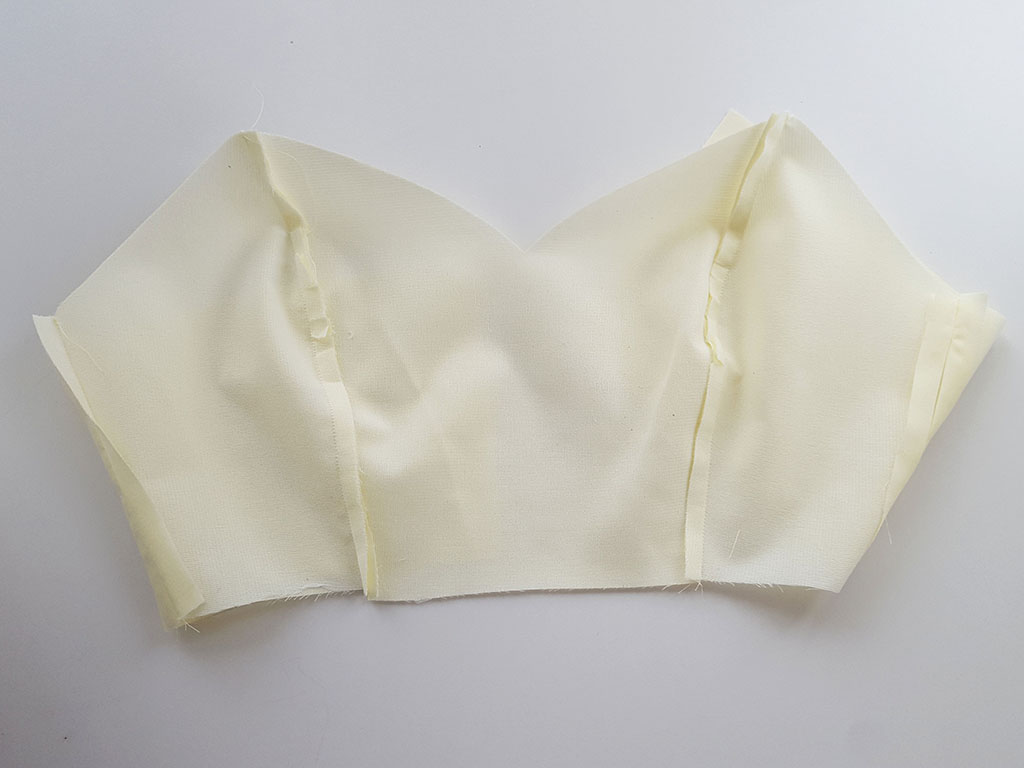
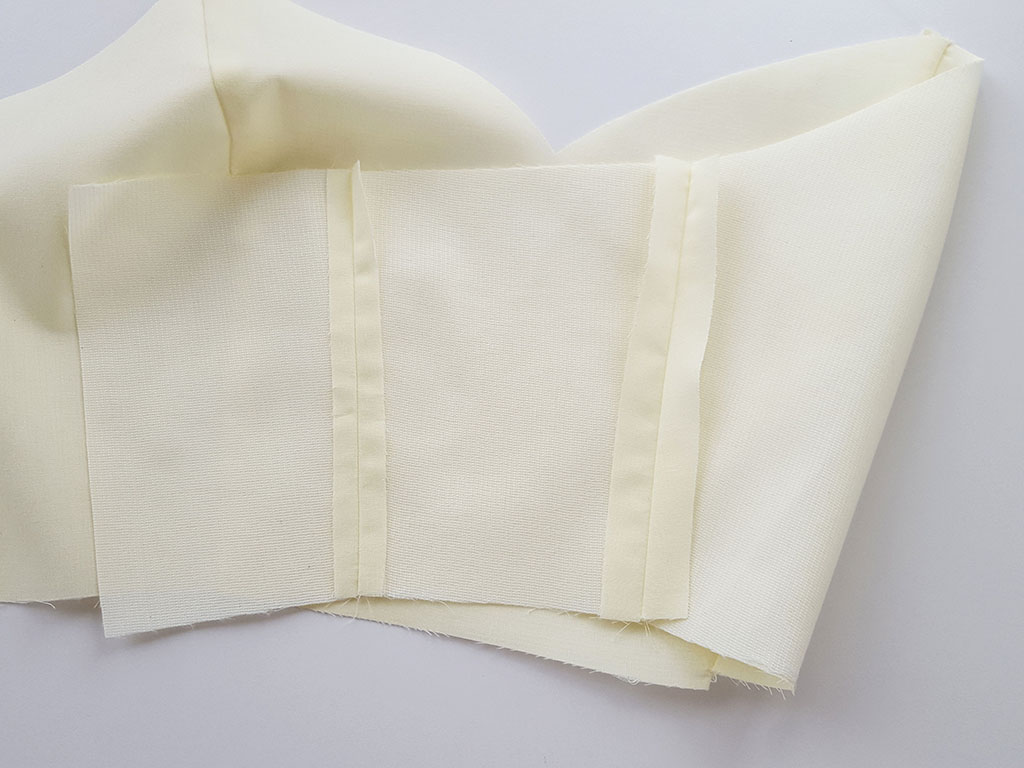
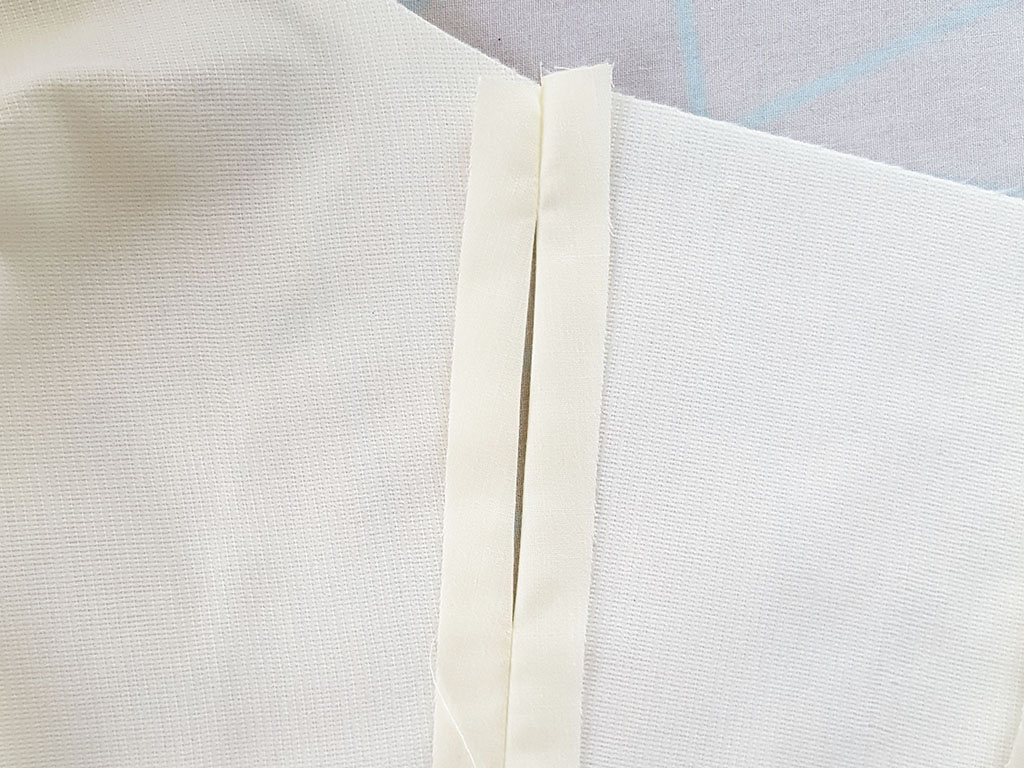
Step 5
Repeat the same on the main fabric leaving the side seams open.
Step 6
Tape the cord straps in place as shown below. We are using tape because it holds cord better than pins on a round cord and is safer when sewing. I try to avoid sewing over pins as much as possible, as they can break and/or bend your sewing needle and even cause damage to your machine.
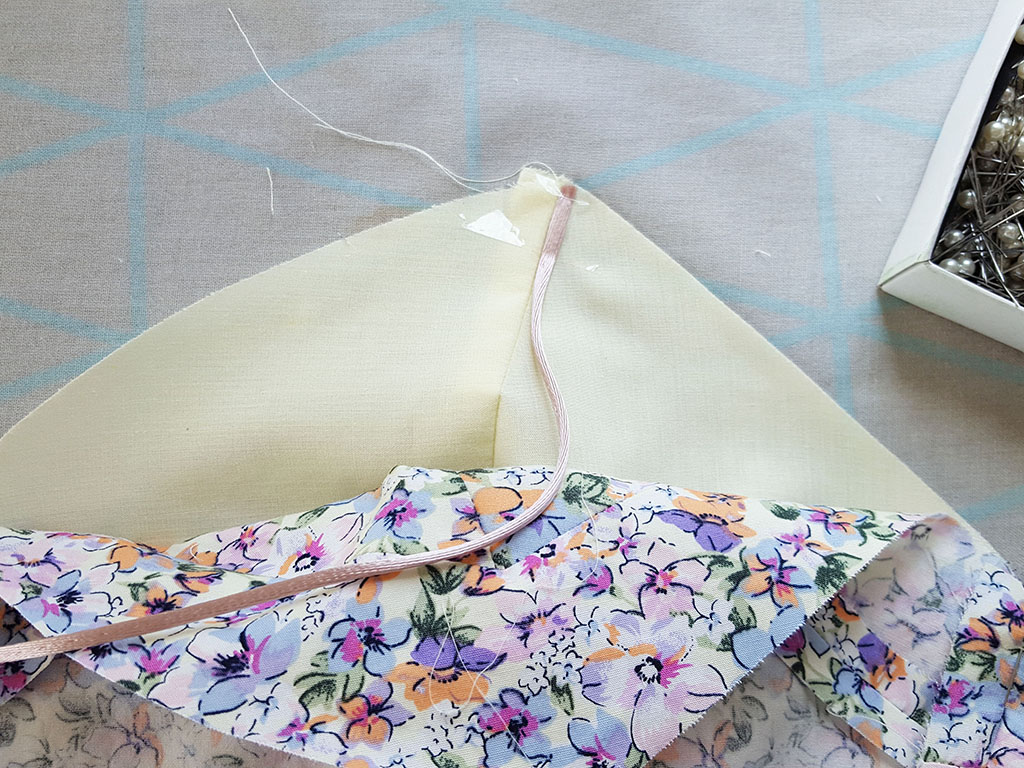
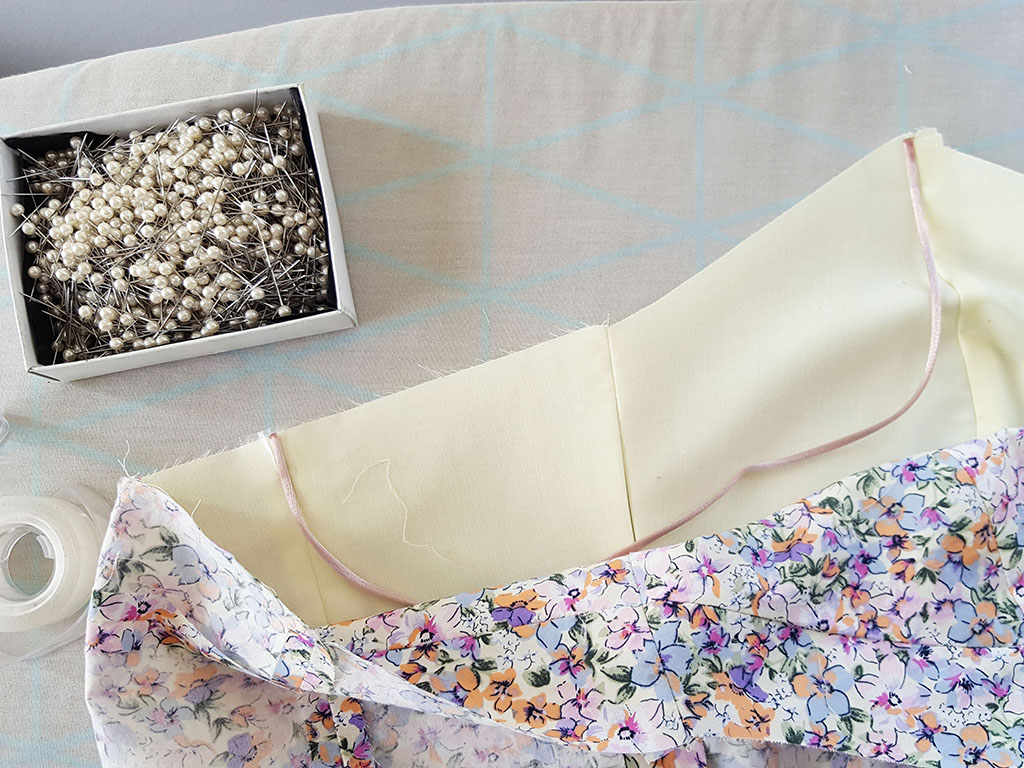
Step 7
Sew the main and lining together along the top edge. Most importantly, ensure side seams of the main and lining meet at the seam junction when you are sewing them together.
Then add a 2nd stitch on the straps on the seam allowance, see example below. Remove tape.
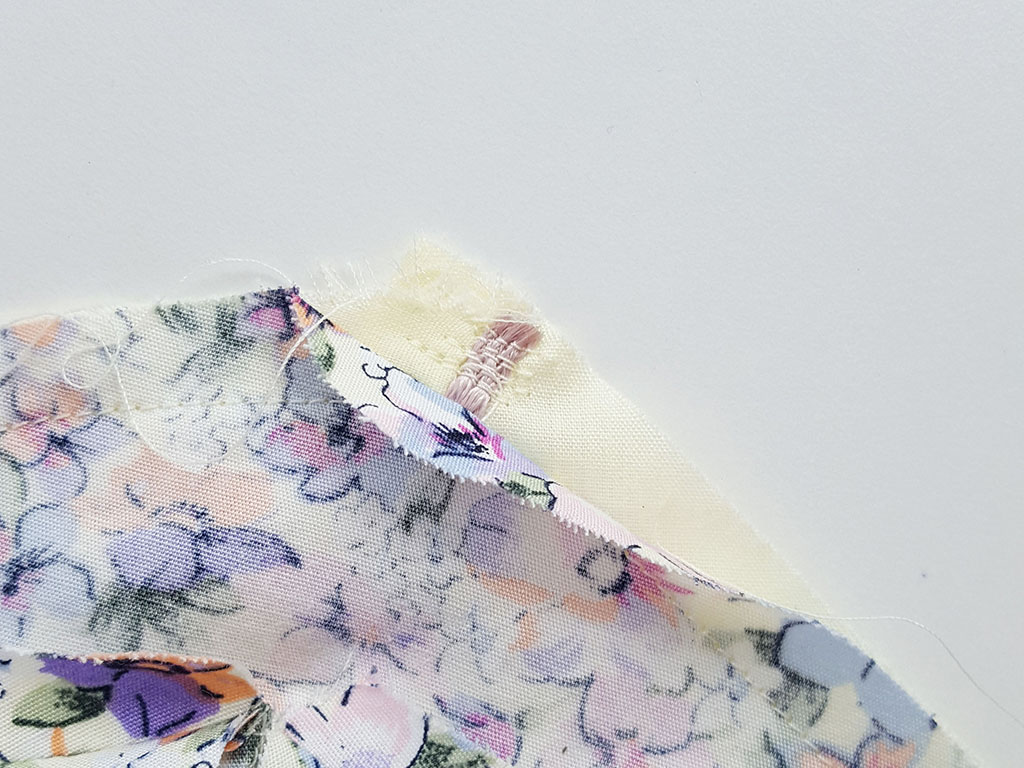
Step 8
Pinstitch seam allowance on top edge to lining.
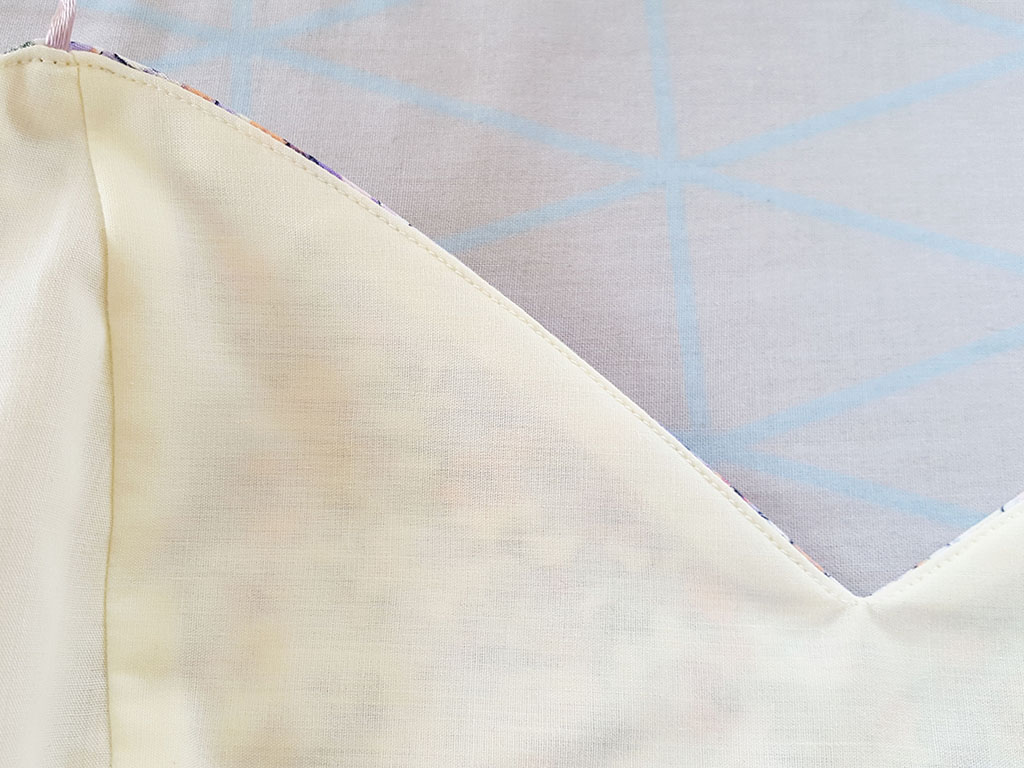
Step 9
Fold right sides of main and lining together and insert zipper into back opening.
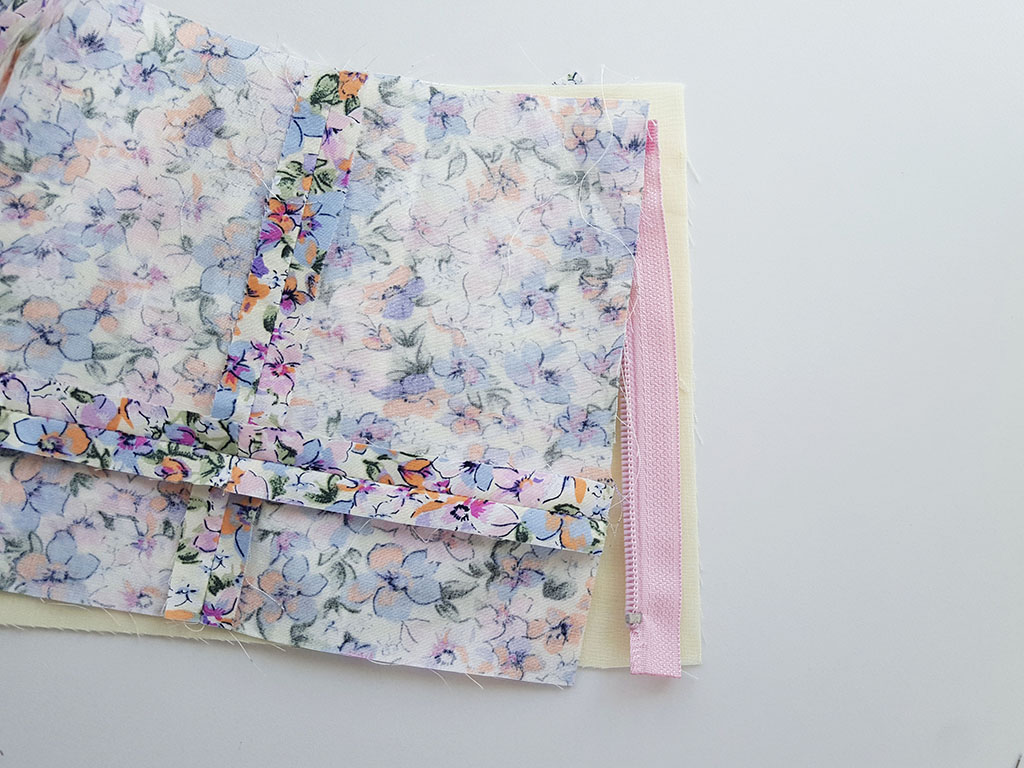
Step 10
Sew bottom edge closed. Ensure all panel seams and side seams meet. Clip all seams and seam allowance as shown and turn garment through. Press edges
Beginner tip* Its usually best to press garments from the inside as to not leave press marks on the outer fabric and potentially ruin your beautiful garment.
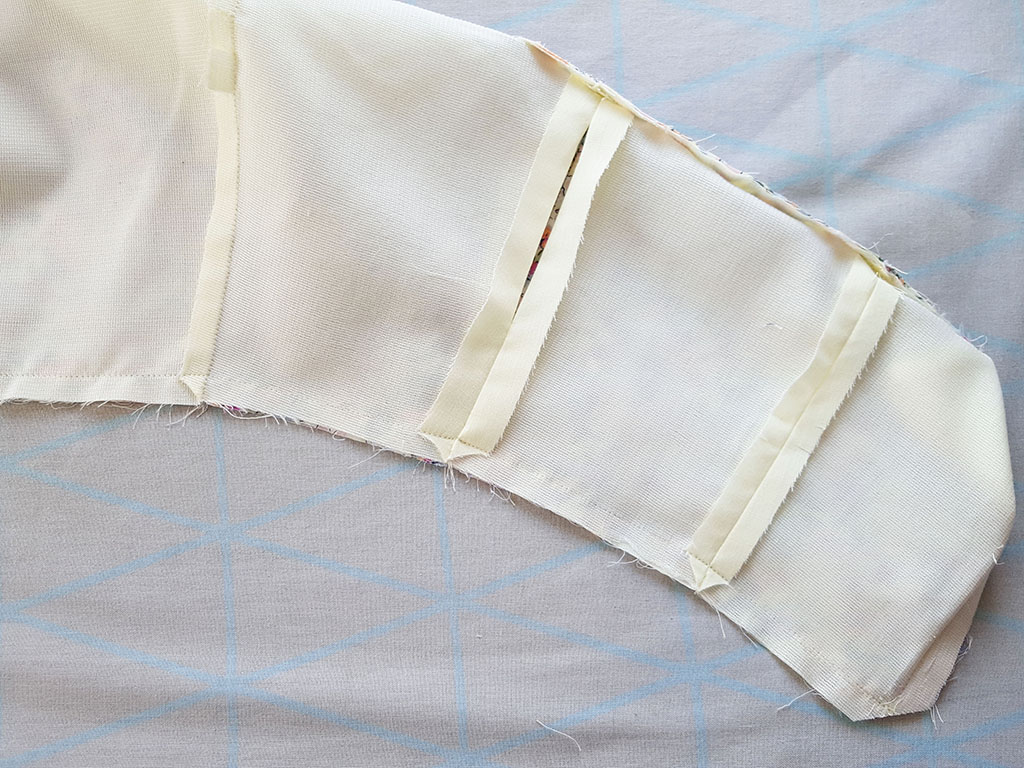
Step 11
Sew the opening left in the lining seam allowance closed using an invisible ladder stitch.
All done. I hope you love your brand new sweetheart bustier. How did you go? Let me know in the comments below where you struggled or unpicked or needed extra help. I needed to unpick the back zipper because my panel seams did not line up, so don’t be disheartened. This is how we learn, also the more times you sew something the better you will get to be at it.
Need a matching skirt to complete the look, try this maxi skirt tutorial or this mini skirt.
I’d love to see your creations, either drop an image in the comments below or tag me on Instagram at @at_the_seams_patterns
x
